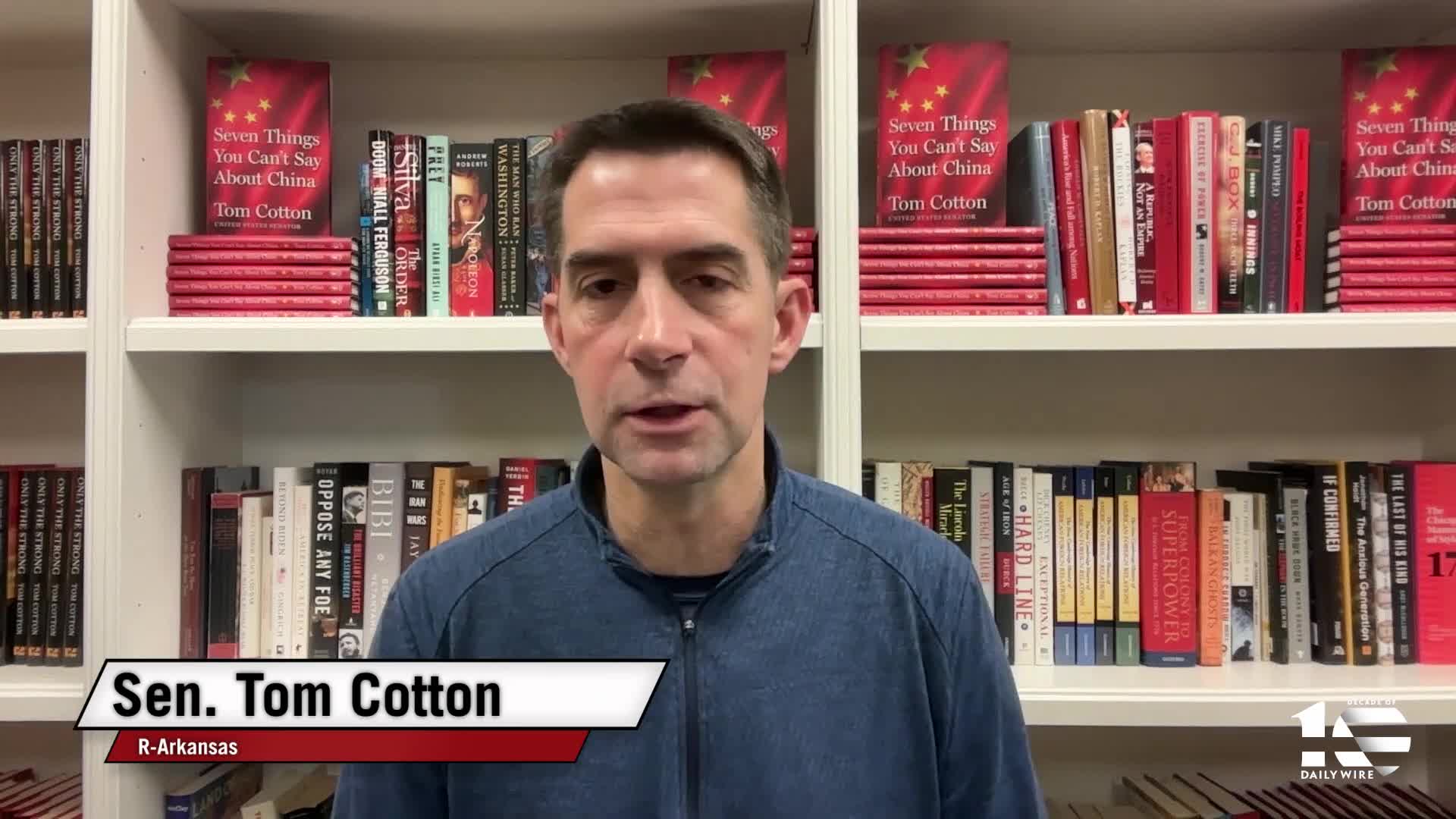Fentanyl Labs
Fentanyl labs refer to illicit operations involved in the manufacturing of fentanyl and its analogs—synthetic opioids responsible for a staggering number of overdose deaths across the United States. Fentanyl is known to be 50 to 100 times more potent than heroin and morphine, with even minute quantities posing lethal risks to users. Primarily synthesized in clandestine laboratories using precursor chemicals, the majority of this illicit production contributes significantly to the ongoing opioid crisis, flooding the streets with extremely addictive and dangerous products. Recent insights reveal that modern fentanyl labs employ advanced methods such as the Gupta technique, leveraging continuous flow and photoredox catalysis processes to enhance efficiency and adaptability. Given the increasing sophistication of fentanyl manufacturing and trafficking networks, law enforcement agencies, including the DEA and Customs and Border Protection, are intensifying their efforts for detection and disruption. Tools like fentanyl test strips and advanced drug detection technology are being implemented to safeguard public health and mitigate the impact of these workshops, which often operate with minimal oversight. Furthermore, as new regulations call for stricter control of precursor chemicals, traffickers are adapting by utilizing alternative substances, reflecting the persistent challenge faced in combating the fentanyl crisis. The conversation also highlights the necessity for ongoing collaboration between public health, law enforcement, and regulatory entities to address this critical national issue effectively.
What are the US secret drone operations over Mexico targeting?
According to US officials, the United States has intensified secret drone flights over Mexico specifically to locate and monitor fentanyl labs. This initiative is part of a broader aggressive campaign against drug cartels that began during the Trump administration but reportedly became operational under the Biden administration. The previously undisclosed drone program represents an escalation in US intelligence operations aimed at combating the fentanyl crisis. While initiated under Biden, Trump and his CIA director John Radcliffe have promised even more intense action against Mexican drug cartels, indicating the bipartisan nature of this approach to addressing drug trafficking from Mexico.
Watch clip answer (00:27m)How is the United States responding to the fentanyl crisis caused by Mexican drug cartels?
According to Ben Shapiro, the CIA is poised to take a more aggressive role under President Trump in battling Mexican drug cartels. This expanded approach includes plans to share intelligence with regional governments, train counter-narcotics units, and potentially conduct covert operations against cartels responsible for the fentanyl epidemic. Shapiro emphasizes the urgency of this response, noting that approximately 100,000 Americans die yearly from fentanyl poisoning. He supports these more aggressive measures against the cartels, suggesting they are necessary given the devastating impact of the crisis on American citizens, while also observing that illegal immigration rates have dropped significantly.
Watch clip answer (00:37m)How is the CIA planning to combat Mexican drug cartels under President Trump?
According to the Washington Post, the CIA is poised to take a larger, more aggressive role under President Trump in combating Mexican drug cartels. Their strategy includes plans to share more intelligence with regional governments, train local counter-narcotics units, and potentially conduct covert operations against these cartels. This intensified approach comes in response to the devastating fentanyl crisis in the United States, which is causing approximately 100,000 American deaths annually from fentanyl poisoning. The initiative represents a significant shift toward directly targeting cartels that have been largely responsible for the distribution of deadly drugs and the resulting fatalities among American citizens.
Watch clip answer (00:28m)How has drone surveillance over Mexico changed under the Trump administration?
Under the Trump administration, drone surveillance over Mexico has significantly increased in frequency compared to the Biden era. These drones are gathering intelligence on fentanyl labs as part of Trump's strategy to pressure Mexico to combat drug trafficking. The administration is using vague threats, suggesting Mexico must "crack down on fentanyl" to avoid potential tariffs. This represents an escalation of a program that began under Biden, with Trump's team now actively pushing Mexican counterparts to act on the intelligence gathered through these drone operations.
Watch clip answer (00:40m)How are the US and Mexico cooperating to combat fentanyl trafficking?
The US and Mexico are engaged in constructive cooperation through drone surveillance operations over Mexican territory to identify fentanyl labs. This intelligence-gathering mission allows authorities to collect information that is used to shut down these labs. This represents ongoing bilateral cooperation that exists despite political tensions and rhetoric between the countries. The program is non-lethal in nature, with Julian Castro emphasizing the importance of maintaining this cooperation while avoiding escalation to offensive military actions that could harm civilians.
Watch clip answer (00:59m)What is the purpose of the US drone program over Mexico initiated under Biden?
The drone program initiated under Biden aims to fly surveillance drones over Mexican territory to locate fentanyl labs. It's a non-lethal intelligence-sharing program where information gathered by US drones is passed to Mexican counterparts to facilitate actions like arrests. Originally under the Justice Department, the program has been ramped up significantly and may now operate under the Pentagon or CIA's realm. Unlike armed drones in places like Pakistan, these are strictly reconnaissance tools designed to gather information in a collaborative effort with Mexico to combat the fentanyl crisis.
Watch clip answer (01:13m)



